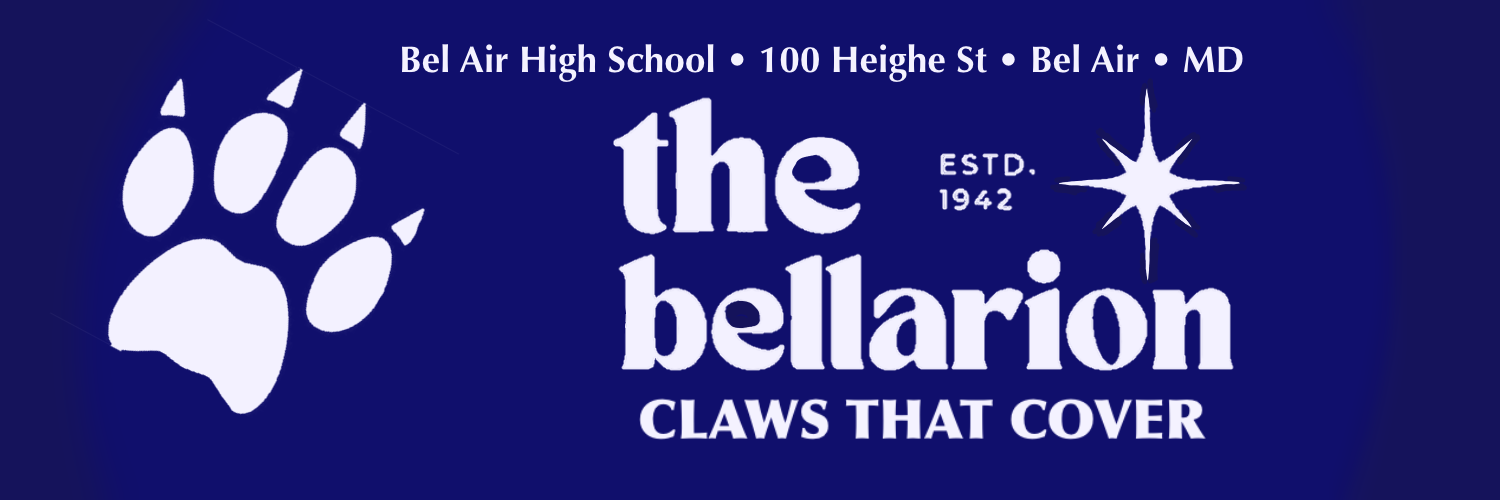
Vector Open Stock
Stock photo depicting presentation taking place during a meeting.
Everyday presentations get made using various programs by many different people. Why are presentations important? They help get across a message or story to the audience.
- Make sure to use an accessible, yet appropriate, text font. Certain fonts make it easier for those with dyslexia to decipher the words on the screen. While Comic Sans is an accessible font; it is very playful and wouldn’t work well for a serious presentation.
- Give everything space! There isn’t a limit to how many slides you can have. It’s better to break up information across multiple slides rather than be illegible and fit it all in one slide. Don’t be afraid to make one slide just a singular image.
- Use borders! No one wants to read text that goes to the edge of the screen. Using borders helps direct one’s vision of where to look.
- Get colorful! When utilizing different colors, if you lose what you were just looking at, you can quickly re-find it and continue reading the slide. Test out grey-scale filters to see if there is a high enough contrast between the background and the text.
- Keep things simple. Don’t use too many bright colors; otherwise, nothing sticks out anymore.
- Be Mindful of your audience. If you’re trying to convince your audience, be direct while not dismissive. The moment you ignore any chance of an alternative perspective, the moment your audience feels the same way about your perspective.
- Don’t information overload! While you want to make sure you have lots of supporting evidence/points, it’s okay to leave out some information to not overwhelm the audience. The information becomes useless if the audience can’t understand any of it.
- Don’t be afraid to ask for advice! Get another person’s opinion on it before presenting; they often can give feedback in forms you never even considered.
Presentations aren’t just piles of information; they’re also formatted to achieve a certain goal. Communication is a vital part of any field of work and presentations are just one form of communication.
